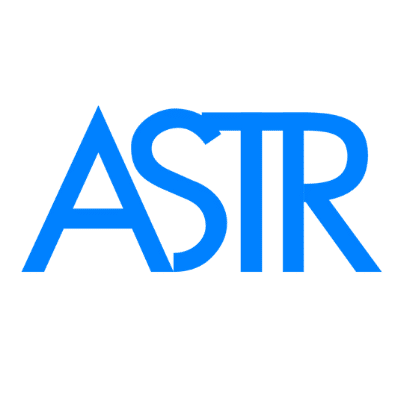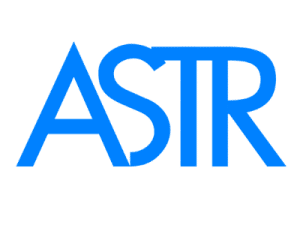Trigger Points vs. Myofascial Restrictions: Understanding the Difference
Trigger Points vs. Myofascial Restrictions: Understanding the Difference
Search terms: trigger point vs fascia, myofascial pain vs muscle knot
🧠 Muscle Knot or Fascia Problem—Which One Do You Have?
If you’re experiencing pain, stiffness, or limited range of motion, you might think it’s just a “muscle knot.” But what if the real cause runs deeper—into your fascia?
Many people confuse 触发点 with myofascial restrictions, but they are distinct problems that require different treatment strategies.
🔍 What Are Trigger Points?
Trigger points are hyperirritable spots within a muscle that are painful when pressed. Often called “muscle knots,” they can:
-
原因 localized or referred pain
-
Create muscle tightness and weakness
-
Be active (painful) or latent (dormant but limiting function)
Trigger points often form due to:
-
姿势不良
-
Repetitive stress
-
Overuse or trauma
🧩 What Are Myofascial Restrictions?
Myofascial restrictions involve tightened, stuck fascia—the connective tissue that surrounds and interconnects muscles, nerves, and organs.
Restricted fascia can:
-
Limit range of motion
-
Cause deep, diffuse pain
-
Lead to compensatory movement patterns
-
Compress nerves or blood vessels
Unlike trigger points, fascia restrictions affect entire movement chains and are often missed during standard muscle treatment.
⚖️ Key Differences at a Glance
| Feature | 触发点 | Myofascial Restrictions |
|---|---|---|
| 地点 | Within muscle fibers | Fascia surrounding muscles and tissues |
| Pain Type | Sharp, referred, or specific | Dull, diffuse, global |
| Response to Pressure | Sharp pain, tender to touch | Deep tension, pressure may cause radiating pain |
| Treatment Focus | Muscle relaxation and release | Fascia mobilization and lengthening |
| Common Tools | Massage, dry needling, percussion guns | ASTR instruments, sustained manual release |
🛠️ Why You Need the Right Tools for the Right Tissue
Trigger points and fascia restrictions may coexist, but they require different tools to treat effectively.
ASTR instruments are uniquely designed to release:
-
触发点
-
Myofascial adhesions
-
Scar tissue
-
Visceral restrictions
These tools go deeper than massage—targeting root causes, not just surface symptoms.
🔗 Explore the Official ASTR Tool Set
📘 Learn the Difference in Pain No More
In Pain No More, Dr. Joseph Jacobs explains how treating trigger points alone didn’t resolve his pain—until he discovered that fascia was the missing link. His ASTR method addresses both issues, helping thousands finally find relief.
🔬 What the Research Says
-
Simons et al. (1999): Trigger points are a common source of chronic musculoskeletal pain and often refer pain to distant areas.
-
Schleip et al. (2012): Fascia has contractile properties and plays a major role in chronic pain and movement restriction.
-
Ajimsha et al. (2011): Myofascial release is highly effective for restoring range of motion and reducing pain when fascia is involved.
-
Findley et al. (2015): Fascia transmits force and affects distant body regions—requiring more than localized muscle treatment.
✅ Final Takeaway
| If your pain is… | Then you likely need… |
|---|---|
| Sharp and focused | 触发点释放 |
| Deep, widespread, or persistent | Myofascial release with fascia-specific tools |
To truly eliminate pain and restore mobility, you need to treat both muscle and fascia—and ASTR therapy offers a proven way to do just that.

